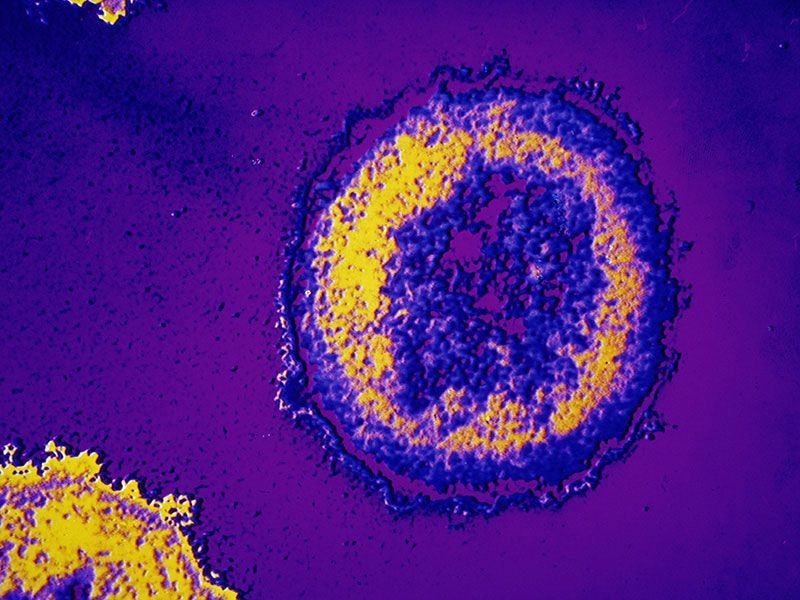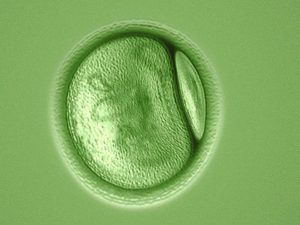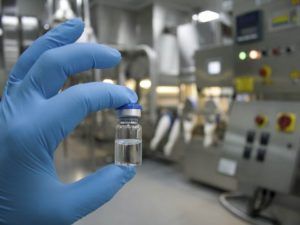https://www.facebook.com/letonya.moore.5/videos/1970919586269818/



TUESDAY, Jan. 9, 2018 — In a potential advance for medical research, scientists say they’ve created the first functioning human muscle from skin cells.
The breakthrough could lead to better genetic or cell-based therapies, as well as furthering investigations into the causes and treatment of muscular disorders, the Duke University team said.
“The prospect of studying rare diseases is especially exciting for us,” Nenad Bursac, professor of biomedical engineering, said in a university news release.


The extinction of various species has led to a segregation of human activity and natural activity, says Stewart Brand of The Long Now Foundation, which focuses on long-term strategies for the next 10,000 years. The organization develops biotechnology to allow humans to better co-exist with nature. In this interview filmed at the 2016 Aspen Ideas Festival, Brand discusses how biotechnology can be used to bring back the passenger pigeon from extinction and mitigate climate change at last.


Dr. Oliver Medvedik Vice President of LEAF appears in this new TED interview where he talks about aging research and the possibilities of future medicine.
Aging happens to all of us, but scientists still don’t know the mechanism behind it. We need to focus on finding an answer, says molecular biologist Oliver Medvedik.
If given the option, would you choose to live forever? Many of us would say “yes,” but with one major caveat: just as long we don’t age. In scientific terms, aging means “a progressive loss of fitness in an organism over time,” says molecular biologist and TED Fellow Oliver Medvedik. What causes this loss of fitness in humans is multifaceted, although scientists are exploring different theories including — and these are just a few of the many avenues of research — the deterioration of the health of our telomeres (the ends of our chromosomes), changes in cell mitochondria, inefficient clearance of damaged cell proteins, and the senescence of stem cells, leading to chronic inflammation and a depletion of stem cells.
Although it causes a loss of fitness and health, aging is not seen as a disease. “The FDA defines a disease as something that afflicts only a segment of the population. But aging affects everyone,” says Medvedik, the co-founder of Genspace, a citizen science biotech lab, and a professor of bioengineering at the Cooper Union in New York City. And because aging is not considered a disease by the government, it limits the amount of federal funding available in order to study it.
A look back at the most popular health and medical science videos of 2017. Here is the video: “View the Future of Medicine with Nanorobots, Weaponized Killer T-cells, Lab-grown Organs, and Gene Editing”
A glimpse at the future in a new film clip from CATS with medical nanorobots, weaponized killer T-cells, synthetic organs, and gene editing.

